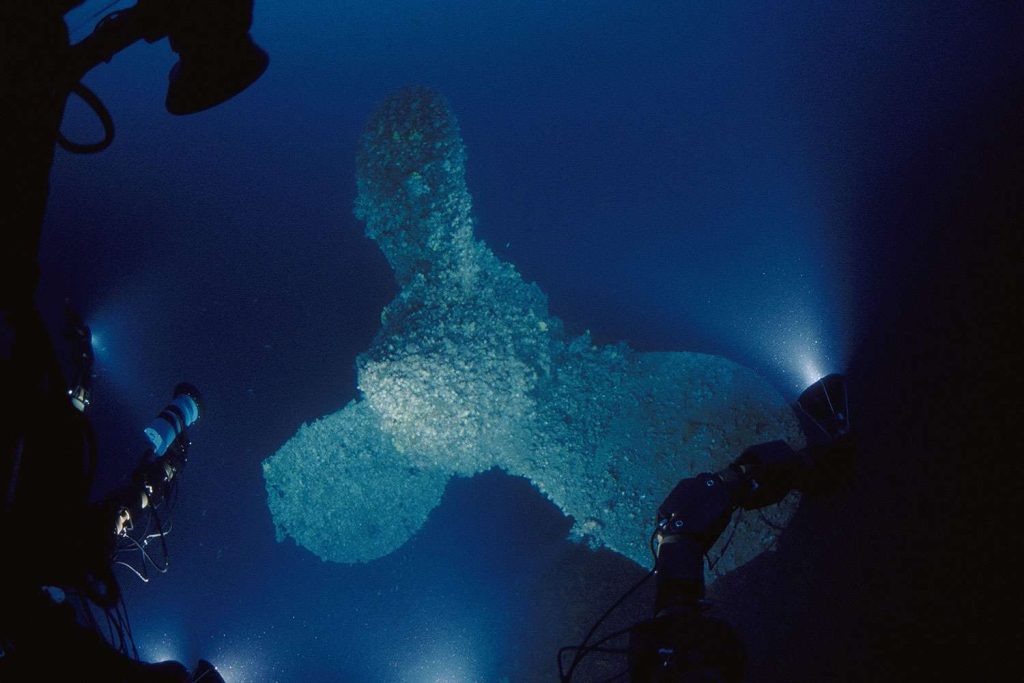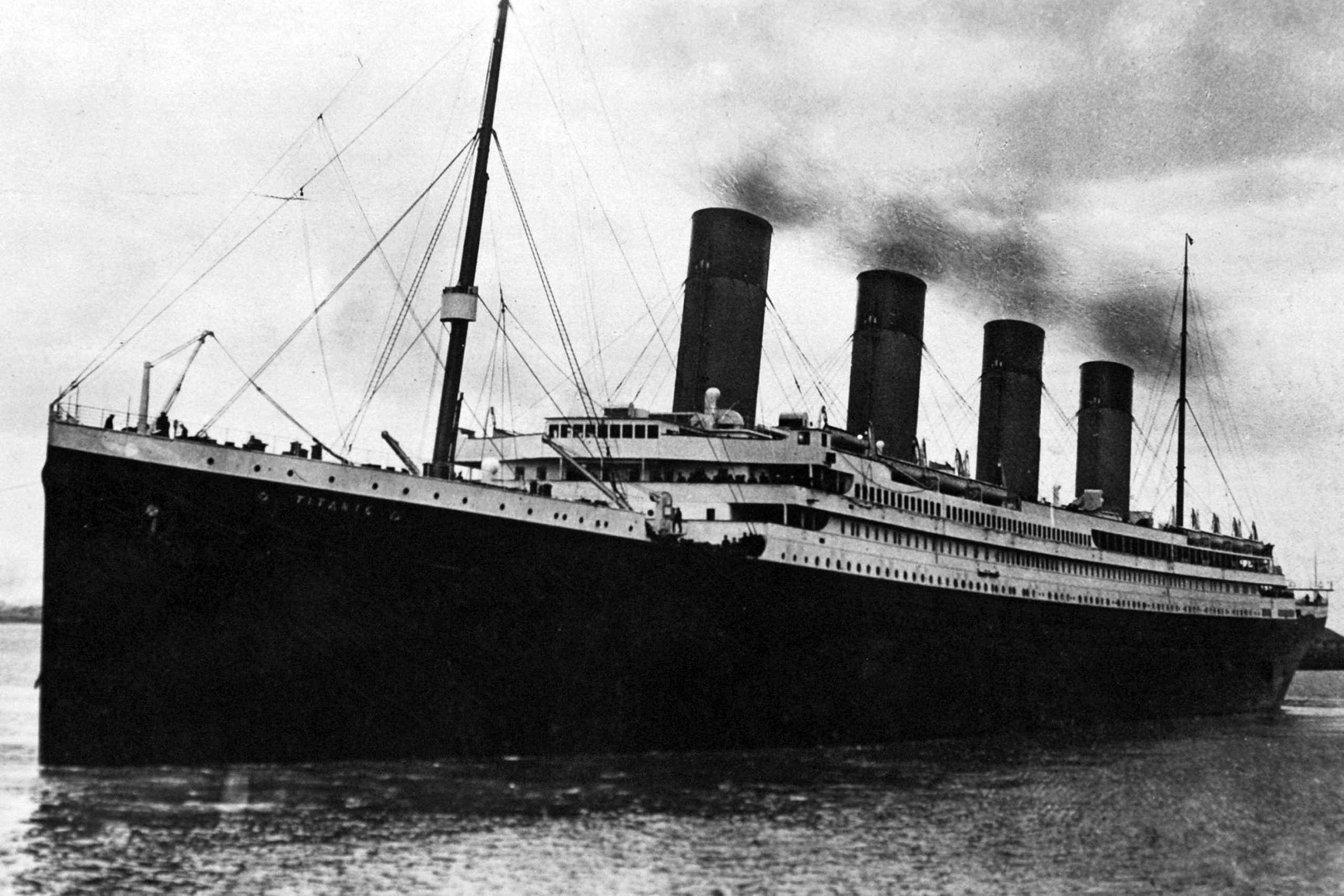On the 113th anniversary of the legendary «Titanic» disaster, which has forever been etched in history as one of the most tragic maritime events, National Geographic presented a sensational documentary project that sheds new light on the circumstances of the ship's sinking. Thanks to advanced 3D technologies, researchers have created a detailed digital model of the liner — down to each rivet, hatch, and even steam valve.

The project was implemented in 2022 by a team led by director Anthony Geffen, with the participation of deep-sea mapping specialists from Magellan company. Analyzing the collected data took almost two years, during which scientists conducted one of the most extensive studies of the shipwreck debris lying at a depth of over 3.8 km beneath the North Atlantic surface.
One of the key findings of the study is the discovered open steam valve, which indicates that many crew members remained at their posts until the end, maintaining the power supply. These heroic efforts allowed signals of distress to be transmitted longer, even though there were hardly any ships around capable of coming to help — the nearest was hundreds of miles away.
The scan results also cast doubt on the classic portrayal of the «Titanic» sinking popularized by James Cameron’s film. Unlike the dramatic scene of the ship breaking in two, the research shows that the hull was literally torn apart with brutal force, destroying the first-class cabins, where passengers such as John Jacob Astor and Benjamin Guggenheim likely were.
Another important point is the rehabilitation of first officer William Murdoch. For decades, he was accused of fleeing the scene, but new evidence suggests that he perished along with the crew during the attempt to rescue others, unable to reach the lifeboats.
The insufficient number of life-saving equipment on board the «unsinkable» ship also remained a critical problem: only 20 lifeboats capable of holding up to 1,200 people, which is significantly less than the 2,240 passengers and crew members onboard.
Besides historical discoveries, the documentary draws attention to the current state of the wreckage. Deep-sea 3D scanning has shown that the remains of the ship are rapidly deteriorating — pressure, corrosion, and bacterial colonies continue to ravage the legendary structure.
Nonetheless, in 2026, billionaire Larry Connor plans to conduct a new expedition to the disaster site using an underwater vehicle. This initiative has already sparked a wave of criticism — from scientists, governments, and relatives of the victims, who urge to respect the memory of those who perished and not turn the tragedy site into a sensational spectacle.
The new National Geographic documentary not only offers a unique visual experience but also rethinks the heroism, sacrifices, and circumstances of one of the saddest pages in human history.



